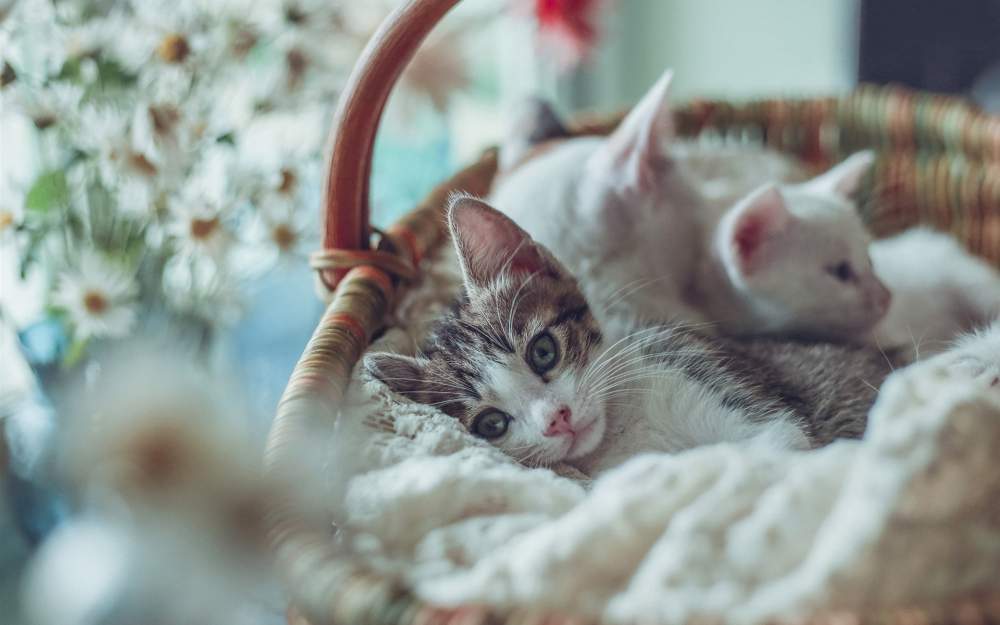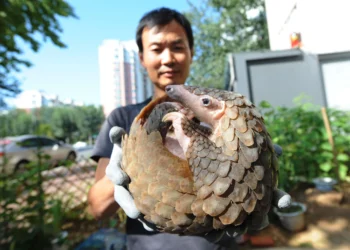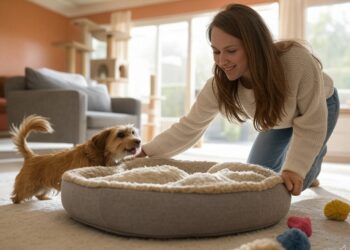He is the most popular pet in the World and we love him: the cat! Do you also have a domestic cat at home? Did you know that the little furball is not as small as it looks in terms of environmental damage?What Cat toys are usually plastic?
2.2 tons of carbon dioxide are caused by a domestic cat per year! Our pets, therefore, contribute significantly to the increase in greenhouse gases. Nearly 200 million to 600 million domestic cats live in the world. They are therefore responsible for a good amount of CO2.
Without realizing it, the domestic cat thus thwarts our efforts to live in a more ecological way. Skip air travel, eat consciously, avoid waste – futile efforts when our little darling causes such high CO2 emissions?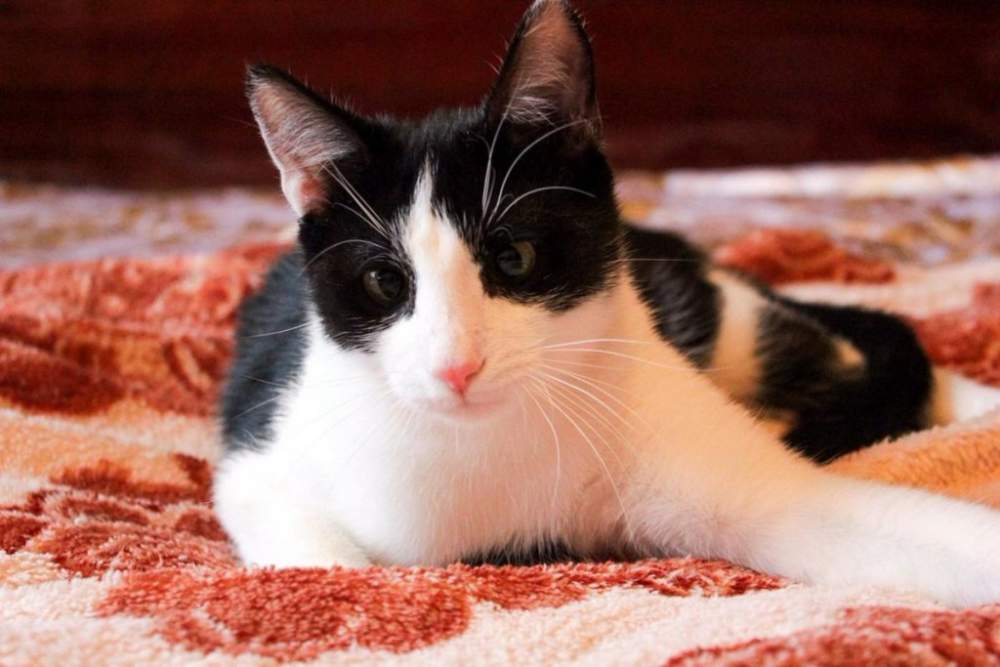
The good news: While cats can be a bit of a nuisance to the environment, there are possible solutions! Because our four-legged friend’s ecological footprint can be improved! In this guide, we give you tips and tricks for an environmentally responsible life with cats. The best for owners of eco-friendly cats should of course not be missing here.
Durable accessories for cats – avoid plastic
Eat lunch in the plastic bowl, sharpen the claws on the polyester scraper, transport to the vet in the plastic box: many indoor cats have a lot of plastic around them, however, this material is bad for our environment due to its very long durability: since 1950, it is estimated that around 86 million tonnes of plastic have landed in the oceans. Microplastics not only pollute the world’s oceans but are also found in our soil – on a large scale. And this has serious consequences for the environment.
While many people in their daily lives take care to reduce plastic waste and use substitute materials, toys and furniture for cats are still often mostly plastic and are therefore also used. That is why it is necessary to rethink the situation, in order to achieve an environmentally friendly life with the beloved domestic cat.
Fortunately, living without plastic does not mean that the cat has to do without the comforts of everyday life! Here are some tips on more environmentally friendly alternatives that can be employed, if sustainable living with the velvet paw is to be pursued.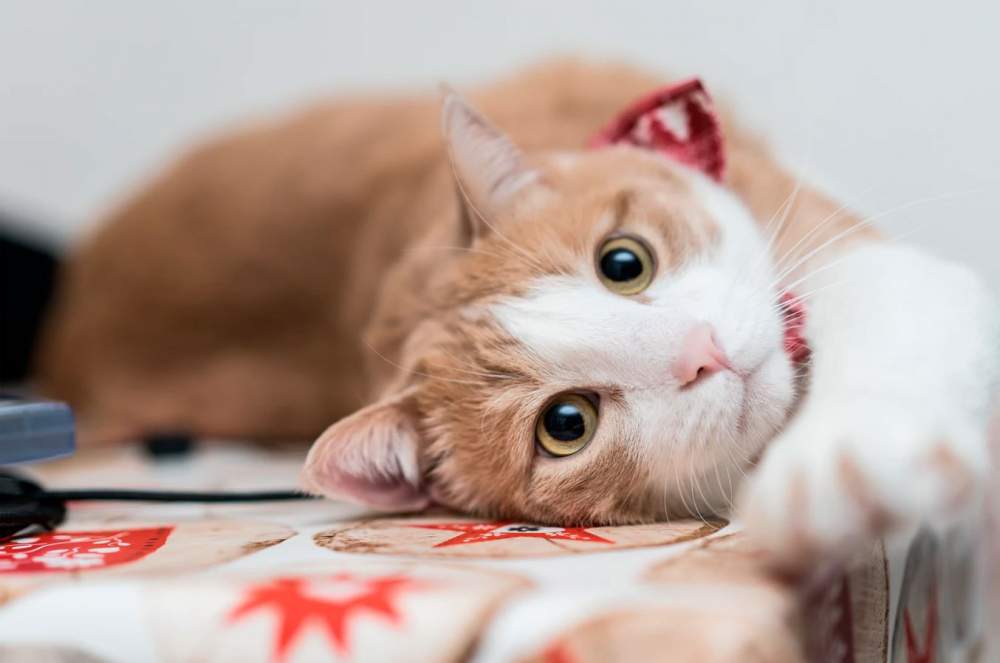
A plastic-free cat zone? Here is the way forward!
| 🙂 | 🙁 |
|---|---|
| Plastic bowls | Ceramic or stainless steel bowls |
| Polyester cat tree | DIY cat tree from tree trunks, branches, sisal, fabric, and wood |
| Plastic transport box | Wicker transport basket |
| Synthetic fiber cat basket or bed | basket or cat bed made of natural materials such as wool or wicker |
Reduce cat waste
Zero waste with the cat is of course the optimum – although that can be a difficult challenge. But already, reducing waste is a big step towards a more sustainable everyday life with your four-legged friend. To save food, for example, a vending machine can be used. This allows less food to be thrown away. Buying bulk food is also much more environmentally friendly than portioned rations in small packaging units or cans.
Cat toys are not only usually plastic but they also often end up in the trash quickly. It has certainly happened to you at least once before: You discovered a great toy in a pet store and you gave it to your kitten – and then, a disappointment for you and your cat, when it breaks straight away and ends up in the trash.
The best thing to do is to get creative yourself. A pine cone, a cork stopper, the owner’s darling – cats often find the objects and utensils of their humans’ everyday life much more exciting than purchased toys. So if you use these everyday items to entertain your cat instead of buying new plastic toys, it’s much better for the environment. You can also make your own cat toys from eco-friendly materials! It can be really fun – after all, there are no limits to your creativity! If you’d rather buy rather than DIY, you should look for second-hand cat toys. In internet exchanges or flea markets,
Reading suggestions ;Cat Food: How To Make The Best Choice?
Make an ecological litter box
It is said that some cats defecate on their owners’ toilets. On the Internet, you will find various tips on how to teach a cat to use a human toilet. But the dream of having settled once and for all the tedious subject of the litter box is probably reserved for the few people whose velvet paw actually lands on the human toilet. The rest of the kittens go to the litter box – but here, too, there are variations that are better suited than others to living an environmentally responsible life with a cat:
By the way, one should definitely not throw kitty litter in organic waste or garden compost, even if it is organic – this is how pests or diseases can be transmitted. Mineral cat litter anyway is not suitable for organic waste due to its additives.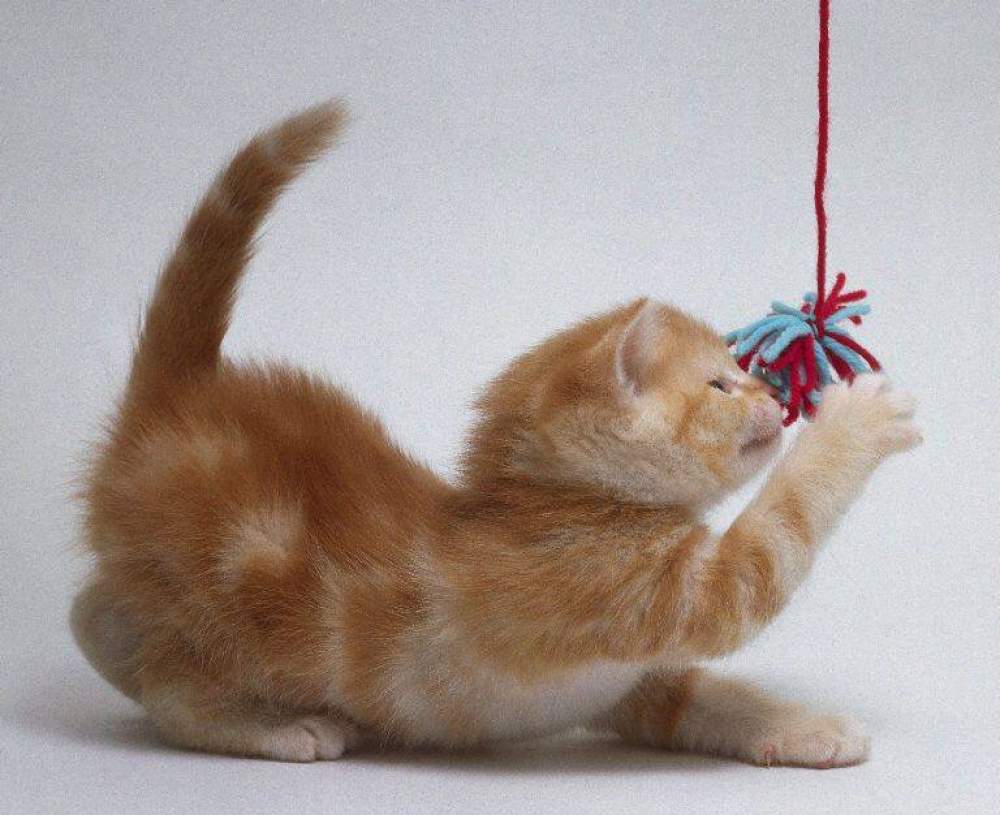
Cat food: an environmental pollutant? Here’s how you can avoid it!
Half of the carbon dioxide caused by cats is from the production of cat food and its packaging. Often small packaging units, especially for wet foods, cause a large amount of packaging waste.
But also the ingredients of animal feed, such as sugar, soy, dairy, or wheat, artificial additives, or genetic engineering must be viewed extremely critically by cat owners who think in terms of durability.
Finally, it is also important that you educate yourself about the eating behavior of your furry friend. Overfeeding, for example, harms the health of the animal, and unnatural ingredients disrupt the metabolism. Thrown away food and a lot of packaging waste in turn results in a deterioration of your cat’s ecological footprint.
However, the responsibility does not lie solely with the owner of the animal. As with the production of food for humans, it is important that not only consumers pay attention to more environmentally friendly products and production methods, but also that producers exercise great care. desire to put sustainability at the forefront and thus contribute to improving the ecological footprint.
Therefore, when choosing cat food, it is important to make sure that the producer is committed to sustainability and strives to produce the food as environmentally friendly as possible.
Reading suggestions ; Boy Cat Names – Find the Perfect Male Kitten Name
Climate-neutral cat food
Advice is always good. But all of the advice we’ve given you here on sustainable living with cats would be useless if we didn’t take our responsibilities seriously ourselves.
It is precisely for this reason that we do exactly that: the production of our pet food is climate neutral! We offset all of our CO2 emissions caused by production – according to the motto “avoid, reduce, offset”. What we cannot prevent locally in terms of emissions, we compensate with our climate and forest conservation project in Tanzania.
And we even regularly receive awards for our commitment to saving energy and reducing CO2 emissions.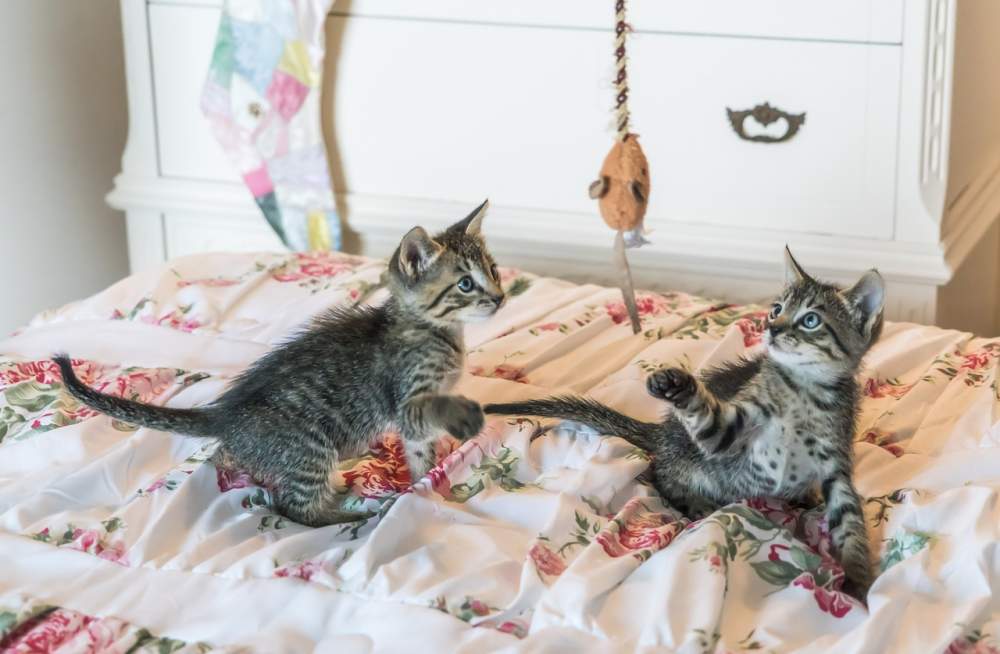
At a glance: How to live with a cat in an environmentally friendly way
You have now learned how you can reduce your domestic cat’s CO2 emissions.
So here is a summary of the most important tips:
Climate protection tips for cat owners


